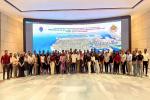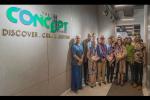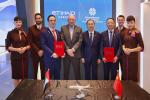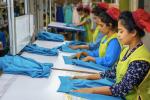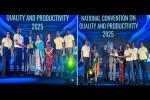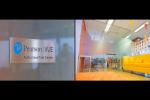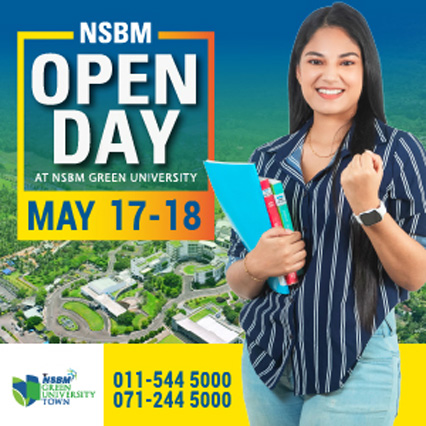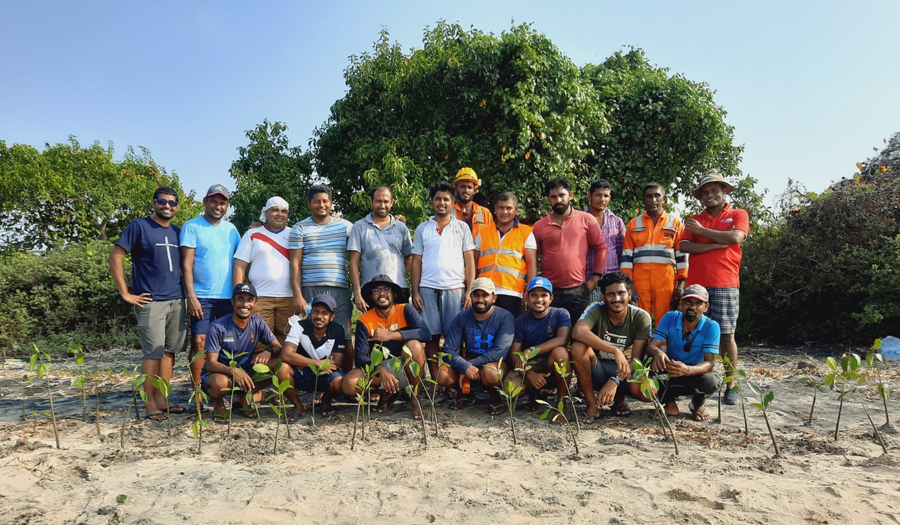Following its successful completion, INSEE Cement has scheduled the next phase of the project to kick start in June in Galle, aiming to restore 01 more hectares of mangrove forests in the district.
This co-existence of INSEE Cement facilities with their surrounding land and water ecosystems over the years has paved way for Biodiversity & Water to be a key pillar of the INSEE Sustainability Ambition 2030.
It is a comprehensive, long-term and group-wide strategy that ensures the company aligns with the United Nation’s Sustainable Development Goals (UN SDGs), Science Based Targets initiative (SBTi) and other global and industrial objectives to balance social, economic and environmental sustainability.
Biodiversity & Water is a crucial pillar of the INSEE Sustainability Ambition 2030, as it aims to generate a Net Positive Impact (NPI) on biodiversity by minimizing and offsetting the environmental impact from INSEE Cement’s quarrying in accordance with local regulations through ecological restoration.
Mangrove forests create critical habitat at the land-sea interface; they are highly productive ecosystems that provide food, breeding grounds and nursery sites for a variety of terrestrial and marine organisms, including many commercial species and juvenile reef fish.
More importantly, mangroves sequester carbon four times more than trees, and provide more than 10% of essential organic carbon to the global oceans.
While the extent of mangrove coverage in Sri Lanka is believed to have been over 15,000 hectares, approximately 25% of mangrove habitats are estimated to have been destroyed between 1980 – 2005.
Almost 3000 hectares of mangrove forests have been recorded lost in the Puttalam District alone due to the expansion of aquaculture.
Z Over the last decade, INSEE Cement has initiated a number of mangrove reforestation activities in coastal areas in the vicinity of its manufacturing plants in Puttalam and Galle, covering an area of 01 hectares through reforestation to date, with a sustainability ambition to restore 66 hectares of mangrove forests by 2023.
This also includes projects along the Koggala Lake, where a biologically diverse mangrove ecosystem pans across 21 islands and 5,500 hectares, sheltering thousands of migrant, endemic and residential birds.
"INSEE Cement has demonstrated a strong commitment to biodiversity management and conservation over the years,” Nandana Ekanayake, Chairman and Chief Executive Officer at INSEE Cement stated.
“Now, through our Sustainability Ambition 2030, we are able to strategically plan, invest in and protect these crucial ecosystems that continue to play an important part in the livelihoods as well as health and wellbeing of the communities in which we operate.
We are excited with the success of our initiatives thus far, and continue to monitor, report and contribute to restoring our lost habitats for a greener, more sustainable future.”
The mangrove reforestation is an extension of INSEE Cement’s globally acclaimed biodiversity initiative - the Quarry Rehabilitation Project in Aruwakkalu, where fresh, high quality limestone is sourced for the production of Sri Lanka’s most loved blended cement brand INSEE SANSTHA.
INSEE’s overall biodiversity conservation efforts thus far have resulted in the restoration and rehabilitation of over 132 hectares of multiple ecosystems including quarry land, rainforests, mangroves and coral reefs.




